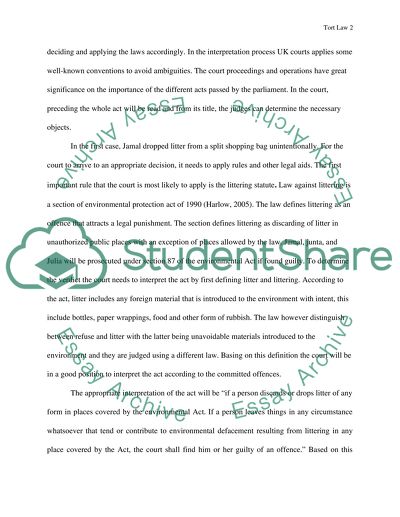Cite this document
(“Essay on Tort Law Example | Topics and Well Written Essays - 1500 words”, n.d.)
Essay on Tort Law Example | Topics and Well Written Essays - 1500 words. Retrieved from https://studentshare.org/law/1441526-tort-law-legal-foundation
Essay on Tort Law Example | Topics and Well Written Essays - 1500 words. Retrieved from https://studentshare.org/law/1441526-tort-law-legal-foundation
(Essay on Tort Law Example | Topics and Well Written Essays - 1500 Words)
Essay on Tort Law Example | Topics and Well Written Essays - 1500 Words. https://studentshare.org/law/1441526-tort-law-legal-foundation.
Essay on Tort Law Example | Topics and Well Written Essays - 1500 Words. https://studentshare.org/law/1441526-tort-law-legal-foundation.
“Essay on Tort Law Example | Topics and Well Written Essays - 1500 Words”, n.d. https://studentshare.org/law/1441526-tort-law-legal-foundation.


